Thursday 6 June
Overview of Signal Detection and Challenge During Pandemic
A safety signal is defined as information suggesting a new potential association or new aspects of a known association between medicines and adverse reaction(s) that warrant further investigation. The way a safety signal is detected and evaluated changed a lot during the last years. Different methods can be used, such as quantitative and qualitative analyses, clinical trial data review, medical literature review and epidemiology-based analyses such as observed vs expected analysis. Each of them has caveats and advantages to be considered and while they could be used alone their results may not be reliable as when they are used together to evaluate a signal. During the last two global pandemics (H1N1 and COVID-19), the pharmacovigilance world changed extensively to adapt and meet unprecedented needs. Literature review and observed vs expected analysis played a key role in signals evaluation. Various alternative sources of signals, such as social media monitoring have been explored for the Covid-19 vaccines worldwide. The COVID-19 vaccines were subjects of an unprecedented level of pharmacovigilance implemented by the MAHs, regulatory authorities and public health organizations. This and the increased level of communication about safety data between the MAHs and regulatory authorities, helped to turn the pandemic into an opportunity to make important steps forward in the pharmacovigilance area.
Maria Maddalena Lino
Safety Risk Lead Director
Pfizer
Thursday 6 June
Panel Discussion: Navigating the Complexities of Drug Safety And the Digital Age
- Discuss the role of real-world data in pharmacovigilance and its impact on drug safety assessments
- Explore opportunities for leveraging digital health data for proactive adverse event monitoring and patient-reported outcomes
- Outsourcing landscape – Partnership model working – Technology and services
- Examine ethical dilemmas related to pharmacovigilance, including issues of patient privacy, informed consent, and the balance between public health surveillance and individual rights
- Examine how AI and ML technologies are transforming pharmacovigilance processes, including adverse event detection, signal detection, and risk assessment




